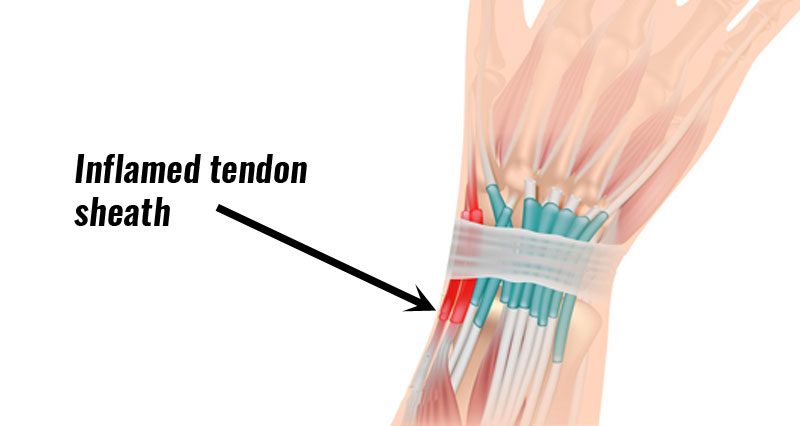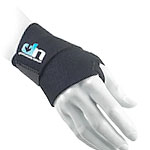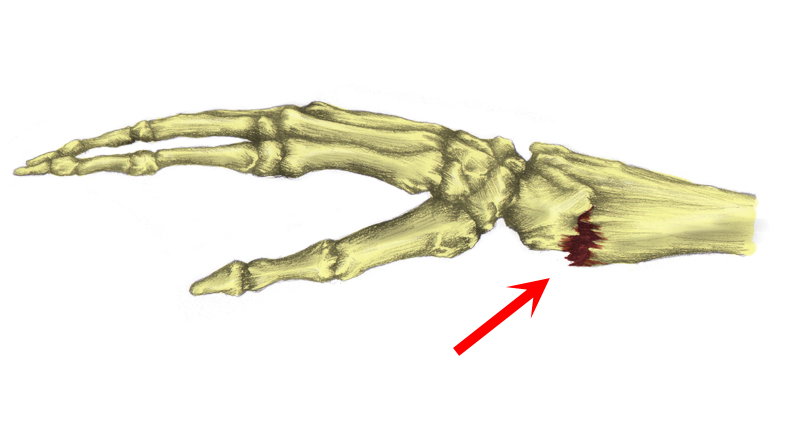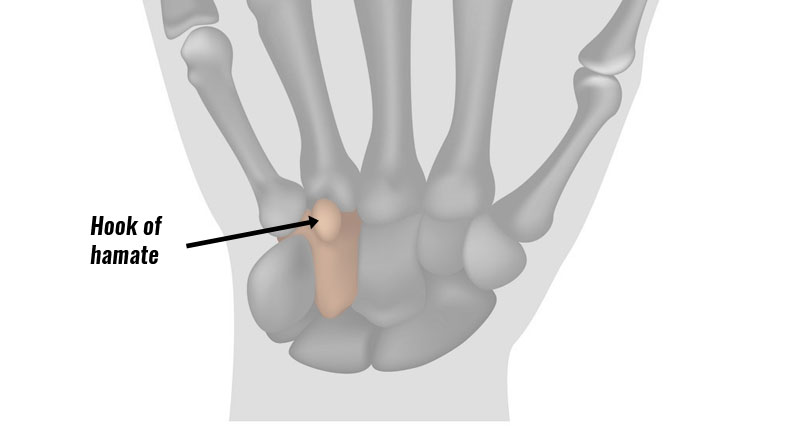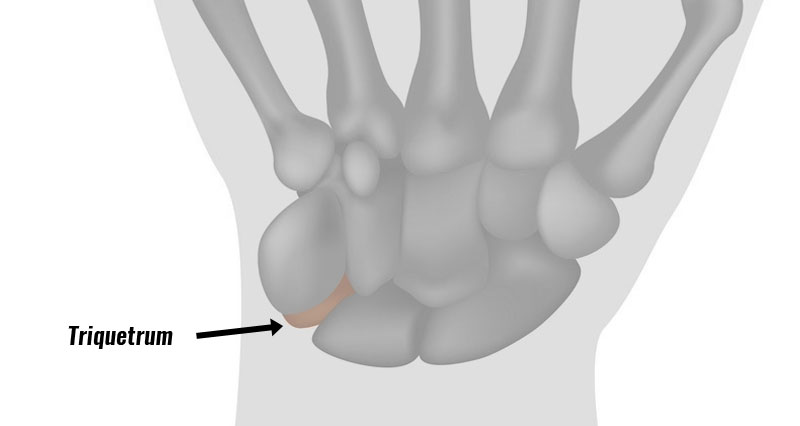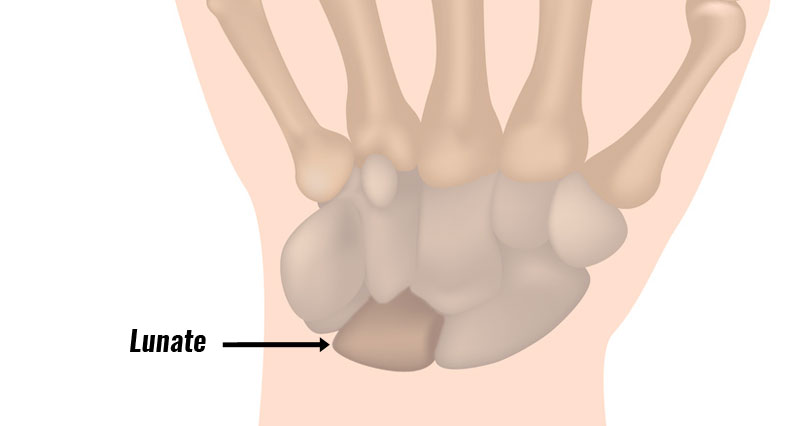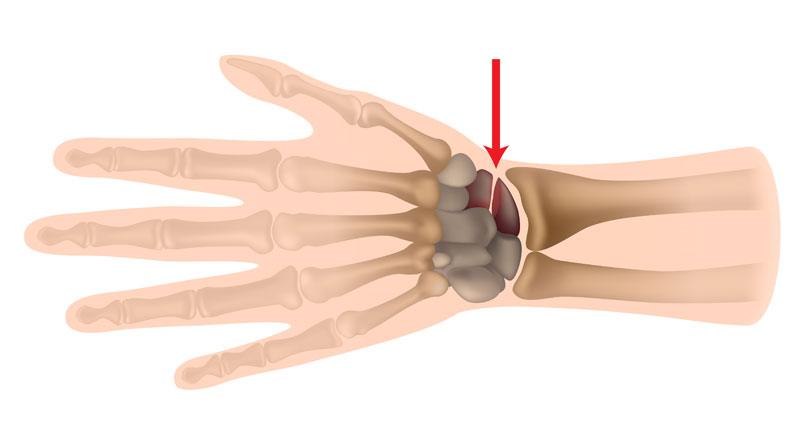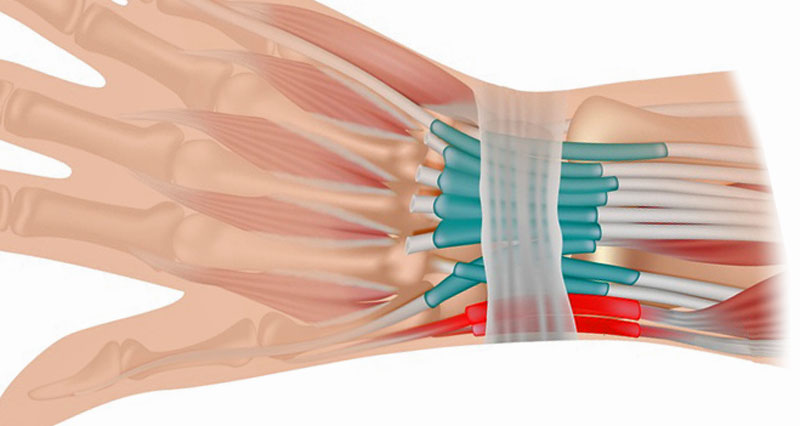De Quervain’s Tenosynovitis is inflammation of the synovium or sheath that surrounds two tendons in the wrist, which attach to the base of the thumb. It is a form of repetitive strain injury which is made worse by sports or work-related activities.
Symptoms
Symptoms include pain and tenderness on the thumb side of the wrist. This is where the tendons pass through a narrow tunnel and attach to the base of the thumb. Crepitus or a creaking sensation may be felt when moving the wrist.
Finkelstein’s test helps diagnose De Quervain’s tenosynovitis. Place the thumb in the palm of the hand, and move the wrist sideways towards the little pinky finger side to stretch the tendons. The test is positive if any pain is felt.
Finkelstein’s test
What is De Quervain’s tenosynovitis
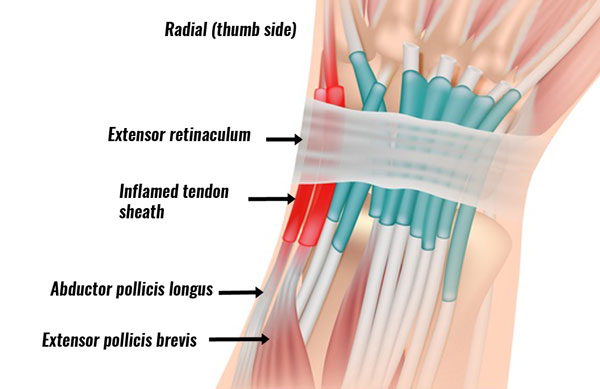
Tenosynovitis is simply the inflammation of the sheath that surrounds a tendon (connects muscle to bone). Tendonitis is inflammation of the actual tendon itself.
With De Quervain’s tenosynovitis, it is the tendons of the abductor pollicis brevis and extensor pollicis longus muscles that are involved. They pass through a tunnel or tube in the wrist and attach at the base of the thumb.
It occurs more frequently in racket sports, such as tennis, squash, or badminton, as well as canoeing and ten-pin bowling. Any sport or work-related activity which involves repetitive wrist flexion and extension or ulna and radial deviation (side-to-side movements) can bring on De Quervain’s tenosynovitis.
It also occurs in golfers (left thumb of a right-handed golfer and vice versa). Tendon injuries such as this are often labelled with the umbrella term RSI (repetitive strain injury).
Treatment for De Quervain’s tenosynovitis
Conservative treatment (without surgery) is usually very successful.
If conservative treatment fails your doctor may try a cortisone injection. This is usually successful in most cases, however in rare cases where both conservative treatment and cortisone injections have failed, then surgery may be indicated.
Applying ice or cold therapy can reduce pain and inflammation. Do not apply ice directly to the skin as ice burns may occur. Apply for up to 10 minutes every hour for the first day or so then as required.
A doctor may prescribe anti-inflammatory medication, such as Ibuprofen.
Ultrasound therapy applied to the tendons can also help reduce pain and inflammation and encourage the healing process. Ultrasound passes high-frequency sound waves into the tissues vibrating the molecules and resulting in a micro-massage effect.
Exercises
Once the pain has gone, it may be necessary to do wrist and hand exercises to strengthen the whole area. This prepares you for returning to the sport and can help prevent future injury.
Surgery
Consultant wrist and hand surgeon Mr Elliot Sorene explains De Quervain’s tenosynovitis
“They pass through a tunnel or tube which can become inflamed and the tendons become stuck. This can cause a great deal of pain, particularly on certain movements of the wrist. It is most common in patients during pregnancy or after pregnancy. It is also common in certain sports activities and work activities involving repetitive flexion and extension of the wrist as well as the ulna and radial deviation. The patient can get a painful nodule on the tendon.
Rest, ice, anti-inflammatory medication, and splinting can conservatively treat De Quervain’s tenosynovitis. If this doesn’t solve the problem, one steroid injection usually does the trick. Failing this would be surgery to release the tendon and that means opening the tube that the tendon runs through to allow it to run through smoothly which will stop the pain.
References & further reading
- Peters-Veluthamaningal C, van der Windt DA, Winters JC, et al. Corticosteroid injection for de Quervain’s tenosynovitis. Cochrane Database Syst Rev 2009(3): CD005616.
